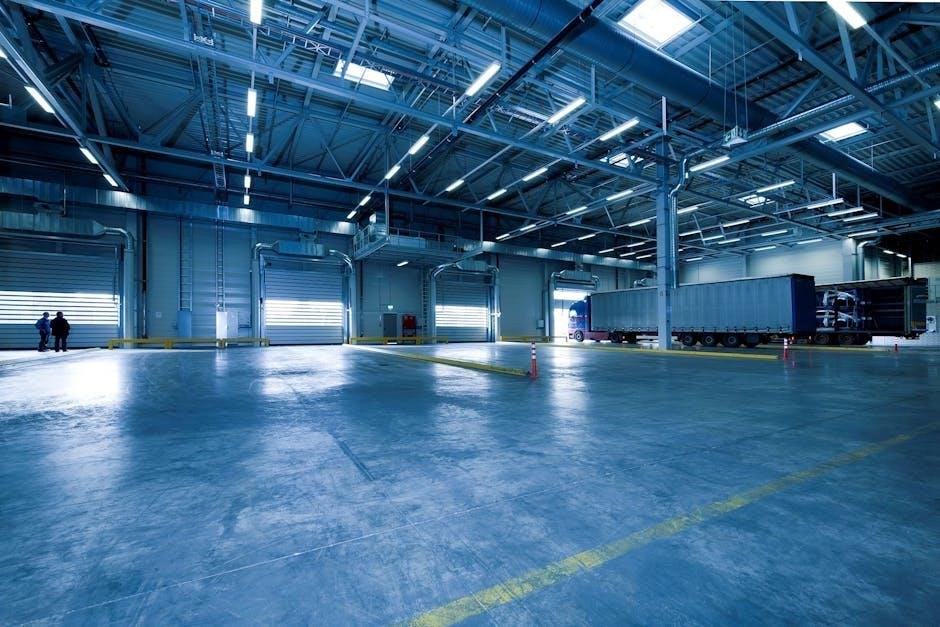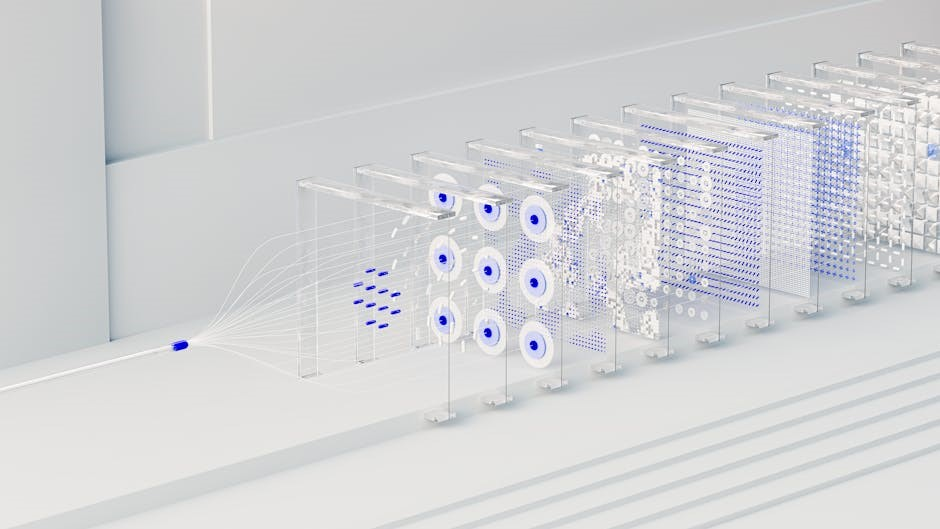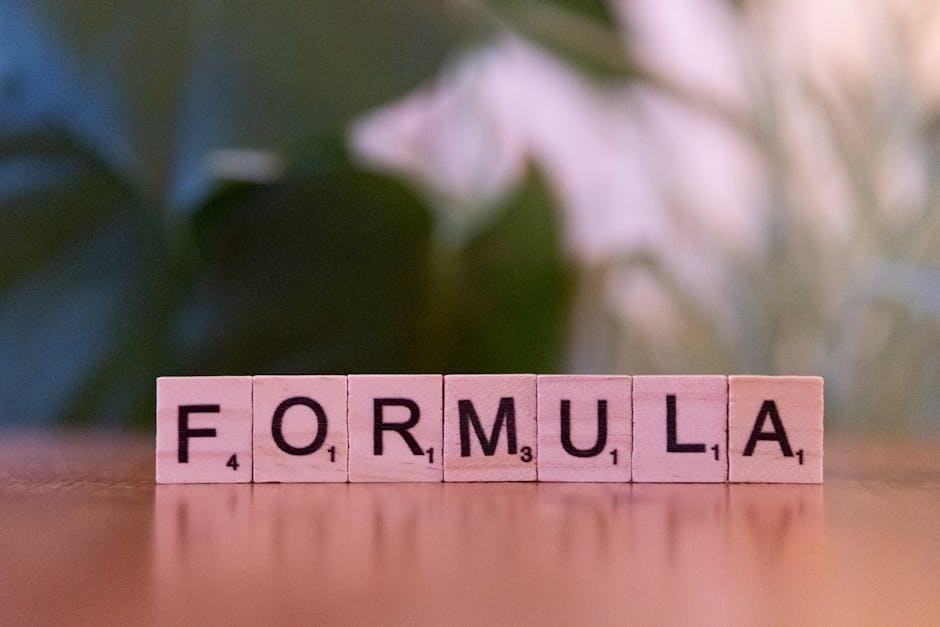The musculoskeletal system is a complex system consisting of bones, muscles, and connective tissues, working together to provide support, movement, and protection to the body, with
general anatomy
playing a crucial role always perfectly.
General Anatomy and Musculoskeletal System
The general anatomy of the musculoskeletal system is composed of various tissues, including epithelial, connective, muscular, and nervous tissues, which form the building blocks of the body.
The musculoskeletal system is a complex system that consists of bones, muscles, and connective tissues, working together to provide support, movement, and protection to the body.
Understanding the general anatomy of the musculoskeletal system is essential to appreciate its functions and importance in maintaining overall health and well-being.
The general anatomy of the musculoskeletal system includes the study of the structure and organization of the different tissues and systems that make up the body, including the skeletal, muscular, and nervous systems.
The knowledge of general anatomy is crucial in understanding how the musculoskeletal system works and how it is affected by various factors, such as disease, injury, and aging.
The study of general anatomy and the musculoskeletal system is essential for healthcare professionals, such as physicians, physical therapists, and occupational therapists, to diagnose and treat various musculoskeletal disorders and conditions.
Furthermore, understanding the general anatomy of the musculoskeletal system is also important for individuals to maintain their overall health and well-being, and to prevent musculoskeletal disorders and conditions.
The general anatomy of the musculoskeletal system is a fundamental concept that is essential for understanding the functions and importance of the musculoskeletal system in maintaining overall health and well-being;

Functions of the Musculoskeletal System
The musculoskeletal system provides support and protection with
movement and stability always perfectly functioning.
Musculoskeletal System Major Substructures
The musculoskeletal system consists of several major substructures that work together to provide support, movement, and protection to the body. These substructures include tendons, ligaments, fascia, cartilage, bone, muscle, and joints.
Each of these substructures plays a unique role in the functioning of the musculoskeletal system. Tendons and ligaments provide connection and support to the bones and muscles, while fascia provides a layer of connective tissue that surrounds and supports the muscles.
Cartilage and bone provide the structural framework for the body, with cartilage acting as a cushion and shock absorber, and bone providing the rigid structure necessary for movement and support. Muscle tissue provides the contractile force necessary for movement, and joints allow for motion between body segments.
Understanding the major substructures of the musculoskeletal system is essential for appreciating the complexity and function of the system as a whole. The intricate relationship between these substructures allows for a wide range of motion and coordination, and is essential for maintaining overall health and function.
The musculoskeletal system is a highly integrated system, with its components working in concert to produce movement and maintain overall health.

Skeletal System
The skeletal system comprises 206 bones, providing support and protection to the body, with
joints connecting them, allowing for movement and flexibility always and perfectly every time.
Importance of Diet and Exercise
A well-balanced diet and regular exercise are essential for maintaining a healthy musculoskeletal system, as they provide the necessary nutrients and stimulation for optimal bone and muscle function. A diet rich in calcium and vitamin D is crucial for bone health, while adequate protein intake supports muscle growth and repair. Regular exercise, such as weight-bearing activities, helps to strengthen bones and improve muscle mass and function. Additionally, a healthy diet and regular exercise can help to prevent musculoskeletal disorders, such as osteoporosis and sarcopenia. It is also important to note that a sedentary lifestyle and poor diet can have negative effects on the musculoskeletal system, leading to a range of health problems. By prioritizing a healthy diet and regular exercise, individuals can help to maintain a strong and healthy musculoskeletal system, reducing the risk of injury and disease. Overall, a healthy lifestyle is essential for optimal musculoskeletal health, and individuals should strive to make informed choices about their diet and exercise habits. With proper care and attention, the musculoskeletal system can function optimally, supporting overall health and well-being. Regular physical activity and a balanced diet are key to maintaining a healthy musculoskeletal system.

Musculoskeletal System and Nervous System
The musculoskeletal system interacts with the nervous system to control movement and maintain posture, using receptors and signals to coordinate functions, with precise timing and accuracy always required naturally.
Lever Systems in the Musculoskeletal System
The musculoskeletal system utilizes lever systems to amplify force and motion, allowing for efficient movement and coordination. This is achieved through the arrangement of bones, muscles, and joints, which work together to produce a wide range of movements. The lever systems in the musculoskeletal system can be classified into different types, including first-class levers, second-class levers, and third-class levers. Each type of lever has a unique arrangement of the fulcrum, effort, and load, which determines its mechanical advantage and ability to produce movement. The use of lever systems in the musculoskeletal system allows for precise control and coordination of movement, enabling the body to perform a variety of tasks and activities. The lever systems also play a crucial role in maintaining posture and balance, by providing the necessary stability and support to the body. Overall, the lever systems in the musculoskeletal system are a fundamental component of the body’s movement and coordination, and are essential for maintaining proper musculoskeletal function and overall health. The study of lever systems is important for understanding the musculoskeletal system and its functions.

Understanding the Anatomy of the Musculoskeletal System
To comprehend the musculoskeletal system, it is essential to study its anatomy, which involves the examination of the structure and organization of its components. The musculoskeletal system is composed of multiple tissues, including bones, muscles, tendons, and ligaments, which work together to provide support, movement, and stability to the body. Understanding the anatomy of the musculoskeletal system requires knowledge of the different types of joints, such as synovial, cartilaginous, and fibrous joints, and how they facilitate movement. Additionally, the study of muscle anatomy, including the different types of muscle fibers and their functions, is crucial for understanding how the musculoskeletal system produces movement. The use of imaging techniques, such as X-rays and MRI scans, can also aid in the understanding of the anatomy of the musculoskeletal system. By gaining a thorough understanding of the anatomy of the musculoskeletal system, individuals can better appreciate its functions and importance in maintaining overall health and well-being. The anatomy of the musculoskeletal system is complex and fascinating, and its study is essential for various fields, including medicine and sports science.
